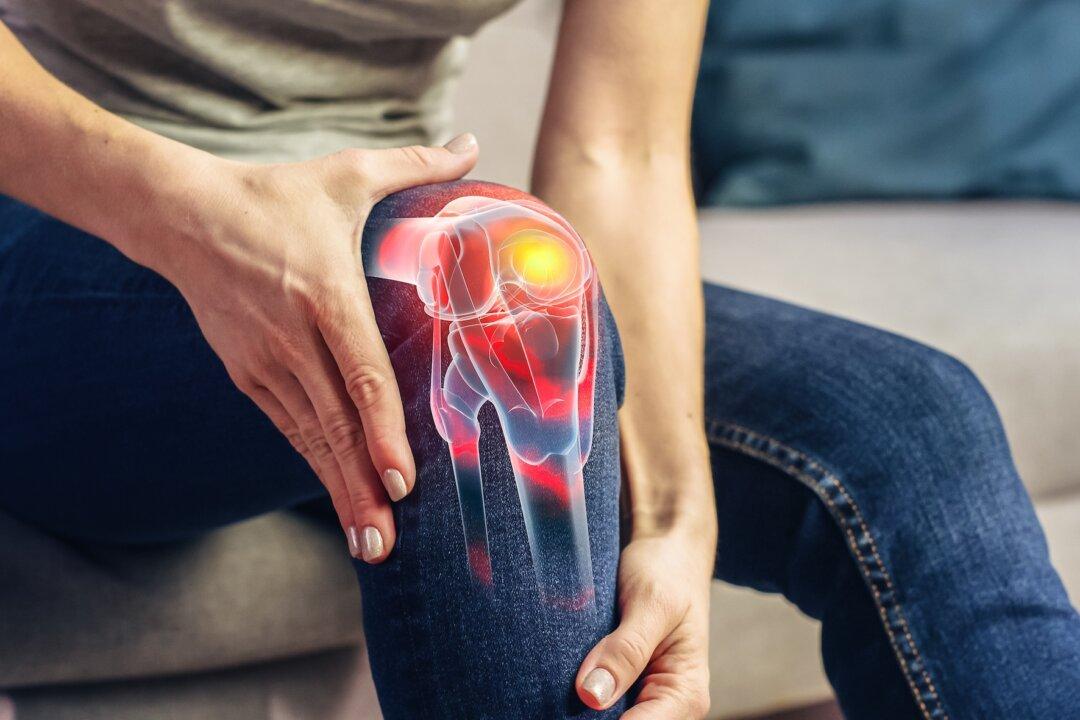Many of the world’s great sprinters have flat feet. In the 1964 Tokyo Olympics, Bob Hayes tied the world record when he won the 100 meter dash, and five days later, he ran the anchor leg in the finals of the Olympic 400 meter relay. He took the baton with the US team in fifth place and he passed Jamaica, then Russia, then Poland and then France to run his 100 meters in an incredible 8.6 seconds, the fastest of all time. The next day, several newspapers reported that Hayes was the world’s fastest human in spite of being born with such terrible flat feet that he had to be put in casts to correct them. The newspaper articles should have said that Bob Hayes became the world’s fastest human in spite of ignorant doctors who almost ruined his athletic career by putting him in casts (Cochrane Library, Jan 26, 2022).
Today, most football coaches can pick their halfbacks just by watching them walk. The fastest runners are often flat footed, pigeon toed and bow-legged.
- Flat Feet: When you run, you land on the outside bottom of your foot and roll toward the inside. This is called pronation. Most people with flat feet have normal arches, but they appear to be flat only because the ankles roll in excessively causing the arches to roll so far inward that they can touch the ground. This excessive rolling in causes the feet to hit the ground with greater force and therefore cause the heel to move forward faster so that the foot leaves the ground faster and helps the person to run faster (Gait & Posture, October 2008;28(3):405-411).
- Pigeon Toes: A tight, strong Achilles tendon in the back of the heel can cause a person to point their toes inward. It also can keep the heel off the ground when you run so you do not have to waste time landing on your heel and then having to raise your heel off the ground. Thus a person with pigeon toes can land on the front part of their feet and immediately step off to their other foot without wasting time landing on their heels.
- Bowed Legs: Bow-legged people have legs that curve outward and their knees whip inward as they step off from one foot to the other, which drives them forward with greater force and helps them to run faster.
Types of Flat Feet: Flexible or Rigid
Between 20 percent and 37 percent of North Americans have some degree of flat feet (J Am Podiatr Med Assoc, May, 1998;88(5):242-8). During World War II, people with flat feet were excused from the armed services draft based on the long-held opinion that flat feet would cause injuries during training and physical activity. However, studies on army recruits showed that those with flat feet had fewer injuries during basic training than those with normal-height arches (Arch Fam Med, July 1993:21:773-7).The reason for this discrepancy appears to be that there are two different types of flat feet: flexible (also called mobile or pronated) and rigid. The flexible flat foot has a normal arch that appears flat only when the full foot is on the ground. When a person with a flexible flat foot takes his foot off the ground, his arch is clearly visible. The flexible pronated flat foot will have an arch without weight-bearing, which will disappear with weight-bearing. These people with flexible flat feet do not appear to be at increased risk for injuries (Foot & Ankle International, 2002;23(1):43-47). On the other hand, people with rigid flat feet have a flat-appearing arch all the time. Their joints do not allow enough movement to absorb shock and they usually get injured too often to compete in impact sports.
Most flexible pronated flat feet do not need special treatment. In healthy children with painless flexible flat feet, there is little good evidence that special shoes or orthotics help prevent injuries or pain (Cochrane Library, Jan 26, 2022). In competitive collegiate athletes who have flexible pronated flat feet, there is little evidence that orthotics or special shoes help to prevent injuries. The flexible flat foot absorbs the shock of the foot hitting the ground very well, but the rigid flat foot is a very poor shock absorber. People with rigid flat feet usually benefit from using orthotics; special inserts that go in shoes. It is also standard practice for doctors to prescribe orthotics for any flat-footed runner who gets lower leg injuries.
Injuries Associated With High or Low Arches
Runners with high arches are at increased risk for suffering stress fractures, which are small cracks in the bones of their feet and lower legs. If you develop pain in the medial side of your lower leg or your feet, your podiatrist will probably order an MRI to check for a stress fracture. If standard x-rays don’t show it and it continues to hurt, you may need to have another x-ray in three weeks to see the callus forming over the crack.Runners with low arches are at increased risk for knee cap pain (Physician and Sportsmedicine, January 2005). When you run six-minute miles, your foot hits the ground with a force greater than three times body weight. The faster you run, the harder your heel strikes the ground. This force can break bones, damage joints and tear muscles. The human body is designed so you do not land flat-footed when you run. You are supposed to have your foot roll inward when you run to absorb the shock of your foot hitting the ground. The further you roll inward, the greater the protection against this force. The further your foot rolls inward when it strikes the ground, the greater the absorption of the force of your foot striking the ground and the greater the protection from stress fractures. However, when you roll in too much, your lower leg can twist inward excessively, so your kneecap rubs against the long femur bone behind it and causes pain. This is called Runner’s Knee and is often treated with orthotics in your running shoes and special exercises that strengthen your vastus medialis muscle, the muscle on the inside of your upper leg that pulls your knee cap inward.
Barefoot Running Concepts to Help Prevent Injuries
Several years ago, running magazines and books popularized the ancient practice of running barefoot. There is data to show that running barefoot can help to prevent some running injuries (Ex & Sprt Sci Reviews, April 2012;40(2):63–72), even though it markedly increases risk for severe foot trauma from glass or stones. The main function of running shoes is to cushion the force of your feet hitting the ground. This encourages you to take longer strides and the longer your stride, the greater the force of your foot hitting the ground, which can increase the rate of injuries in runners. On the other hand, when you run barefoot, you take shorter strides to protect the skin on your feet. The shorter stride causes you to land further forward on your feet and can protect you from injuries by markedly decreasing the force of your foot hitting the ground.A study from the University of Wisconsin-La Crosse showed that as people start to feel tired during running, they shorten their strides to decrease the force of their foot striking the ground (Medicine and Science in Sports and Exercise, 1999(December);31(12):1828-33). This lessens the force of their heel striking the ground and places it forward to the area behind the big toe. To compensate for the decreased force of their feet hitting the ground, they move their legs at a faster cadence. You can apply this concept to help you prevent injuries when you run. Shortening your stride will shift your foot strike force forward. You can keep your speed up by increasing your cadence.
Republished from DrMirkin.com





